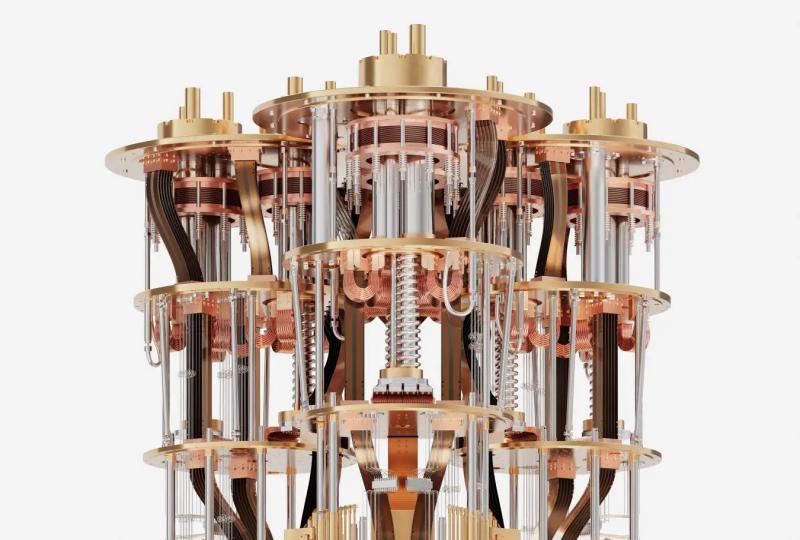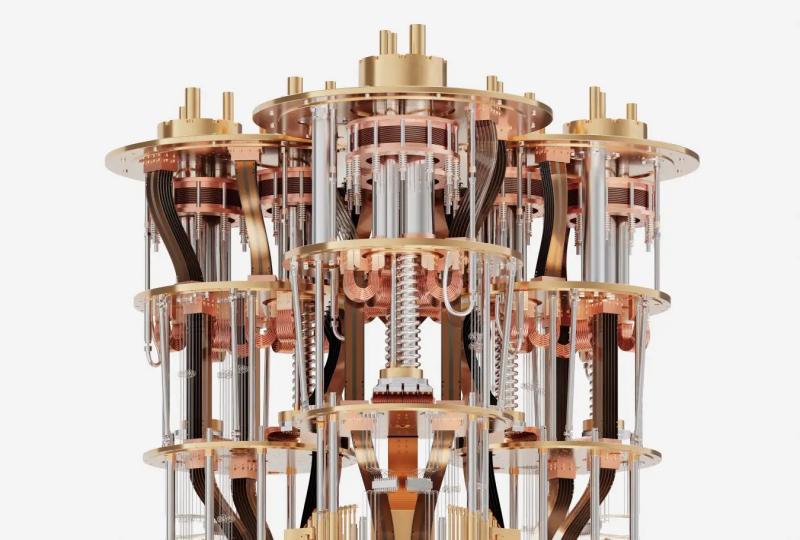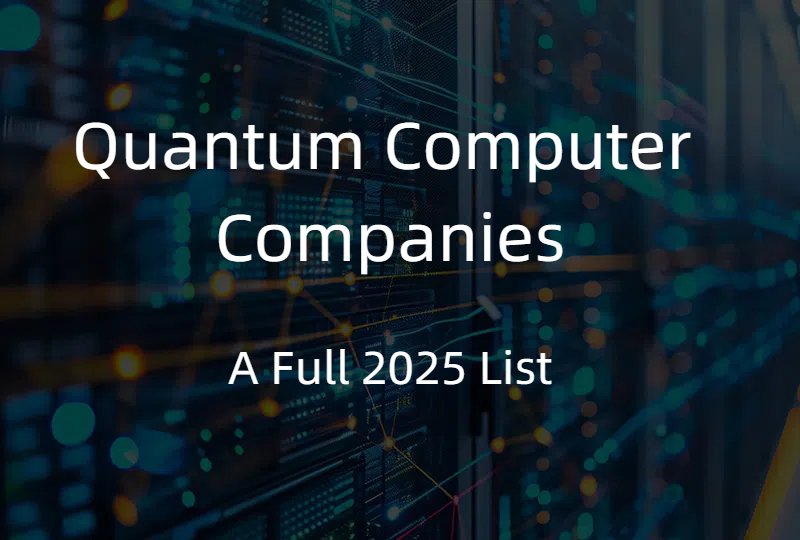What Makes a Quantum Processor “New” in 2025? Exploring SPINQ QPU
2025.07.24 · Blog new quantum processor
In the swiftly evolving landscape of quantum computing, the phrase new quantum processor carries profound weight. In 2025, it signifies more than the superficial boast of a bigger qubit count—it represents a leap in coherence time, operational fidelity, reproducible manufacturing, and real-world integration. SPINQ’s superconducting quantum processing unit (QPU) series stands as a shining emblem of this evolution. But what precisely makes these processors genuinely new? Let’s dive deep.
1. Superior Coherence & Qubit Lifetime
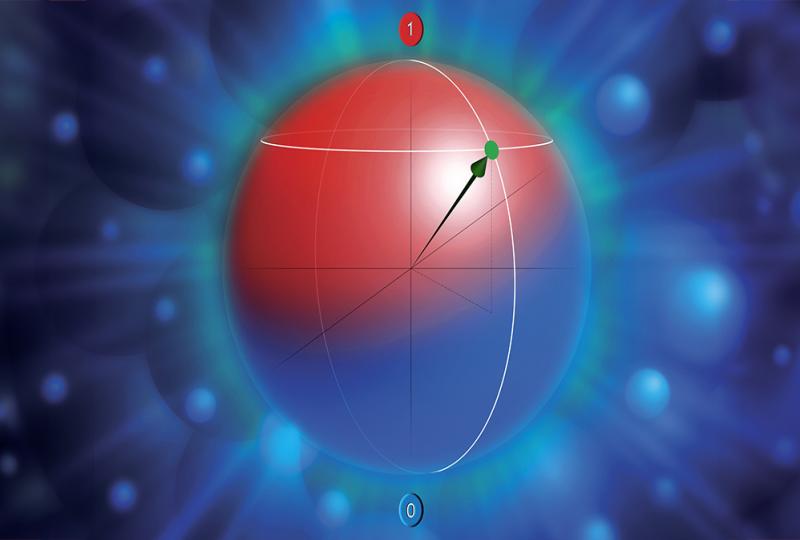
A processor’s qubit lifetime—often referred to as coherence time—defines how long quantum information can survive before it decays. For SPINQ QPUs, these coherence times reach up to ~100 microseconds (μs), a marked improvement over many legacy systems. Operating at frigid temperatures around 20 millikelvin, these chips leverage chain-structured layouts in 1D and 2D configurations that naturally enhance the quality factor (Qi).
Longer qubit lifetimes enable more gate operations per qubit, thus executing deeper, more complex algorithms without succumbing to noise. For researchers and industrial users alike, this means more trustworthy results, a feature once exclusive to elite research labs. The difference is palpable—by extending coherence, SPINQ unlocks fresh possibilities in quantum error correction and quantum chemistry simulations.
2. Mass-Producible by Design
Historically, quantum chips were fragile, bespoke devices—often unique to a lab’s experiment and rarely duplicated. SPINQ flips this paradigm. Each new quantum processor—be it the C2, C5, C10, or C20 model—emerges from a standardized cycle: simulation, fabrication, packaging, and rigorous testing.
This pipeline ensures that every chip consistently achieves its targeted coherence time (T₁ ≥ 100 μs). In turn, scalability becomes feasible. For quantum to transcend the realm of prototype toys and become industrial-grade, mass production must guarantee reliability and affordability. Here, SPINQ mirrors the semiconductor industry’s journey from hand-crafted transistors to today’s billion-transistor CPUs.
3. High-Fidelity & Independent Qubit Control
A truly new quantum processor also demands extraordinary gate fidelity. SPINQ QPUs equip each qubit with its dedicated control line, seamlessly interacting with a proprietary Quantum Control & Measurement (QCM) system.
This meticulous design ensures:
-
Single-qubit gate fidelity ≥ 99.9%
-
Two-qubit gate fidelity ≥ 99%
In context, these figures rival the performance of titans like Google’s Willow processor. High-fidelity operations are not just impressive on paper—they are the backbone of error correction protocols, hybrid quantum-classical algorithms, and reliable computation outputs. Without them, the so-called quantum advantage stays locked in theory.
4. Flexible Product Line for Diverse Needs
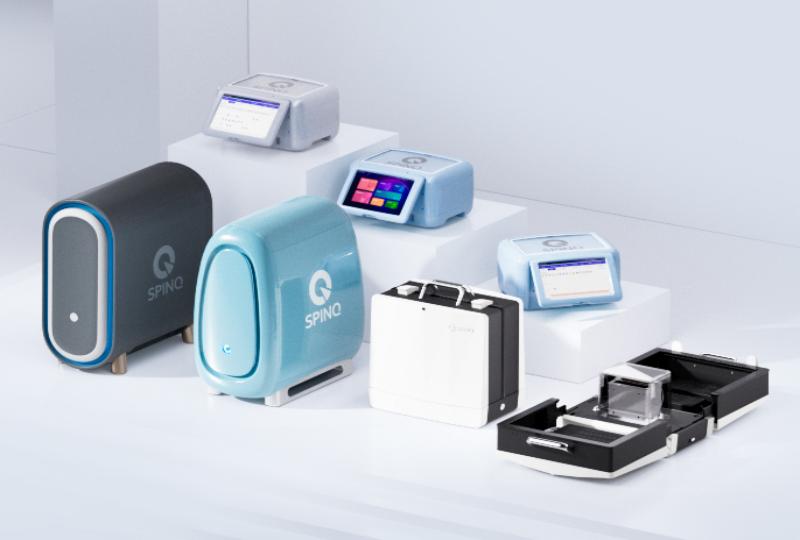
Different problems demand different computational muscles. SPINQ acknowledges this reality by offering a modular suite of QPUs:
-
C2 & C5: Ideal for universities, training programs, or proof-of-concept research.
-
C10 & C20: Powerhouses for more demanding applications like quantum chemistry, advanced materials, and fintech simulations.
This flexibility ensures institutions—from teaching labs to corporate R&D divisions—can adopt quantum hardware tailored to their unique missions without overspending.
5. Plug‑and‑Play Integration
One factor that often stalls quantum adoption is integration complexity. SPINQ sidesteps this pain point. Every new quantum processor ships as a fully packaged, factory-tested unit. Its built-in thermal interfaces and cryo-compatibility make installation straightforward, whether the lab relies on commercial dilution refrigerators or custom setups.
Researchers no longer waste weeks tweaking connections or troubleshooting thermal contact issues—plug, play, and compute.
6. Factory Testing & Traceability
Every unit includes a factory report detailing:
-
Resonant cavity and qubit frequencies
-
Decoherence times
-
Gate fidelities
This transparency fosters trust and reliability—mirroring classical semiconductor QA processes
7. Vertical Integration & In‑House Fabrication
It’s easy to underestimate how many quantum startups depend on third-party foundries. SPINQ’s approach is refreshingly self-reliant. From chip design to cleanroom fabrication, packaging, and final QA, all stages remain in-house. This tight control minimizes external contamination risks and guarantees process consistency—a crucial step toward industrial-grade quantum systems.
8. Supporting Ecosystem & Professional Service
Beyond hardware, SPINQ offers:
-
QPU foundry services
-
Custom fabrication & design
-
Installation and training
-
Ongoing tech support
This full-stack approach eases integration into research institutions or industry labs.
9. World-Ready Commercialization
Recent Series B funding secures global expansion and a roadmap toward 100‑qubit superconducting quantum computers by year-end—a significant commercial milestone
10. Where SPINQ Fits in Today’s Quantum Landscape
Quantum ecosystems now emphasize not just qubit count, but reliability, usability, and scaling:
| Feature | SPINQ QPU (2025) | Traditional “New” Chips |
| Qubit Count | 2–20 (modular) | Often 50+ but research scale |
| Coherence | T₁ ≈ 20–102 μs | Varies; often < 50 μs |
| Gate Fidelity | Single ≥ 99.9%, Two ≥ 99% | Typically 99–99.7% |
| Production | Standardized, mass-made | Often custom-lab builds |
| Deployment | Plug-and-play systems, factory-tested | Research prototypes |
| Support | Full ASTM-quality reports & service | Limited or DIY testing |
SPINQ is bridging academic prototypes and global industrial systems by offering reliable, high-fidelity QPUs ready for real applications.
Conclusion
In 2025, a truly "new" quantum processor delivers not just novel science but industrial readiness: high coherence, gate fidelity, production scalability, system integration, and full support. SPINQ’s QPU series exemplifies these trends—packaged, tested, and supported products designed for diverse scientific and commercial use across a 2–20 qubit range.
They mark a transition point in quantum technology: moving from lab curiosities toward standardized, globally deployable quantum computing platforms.
Featured Content


